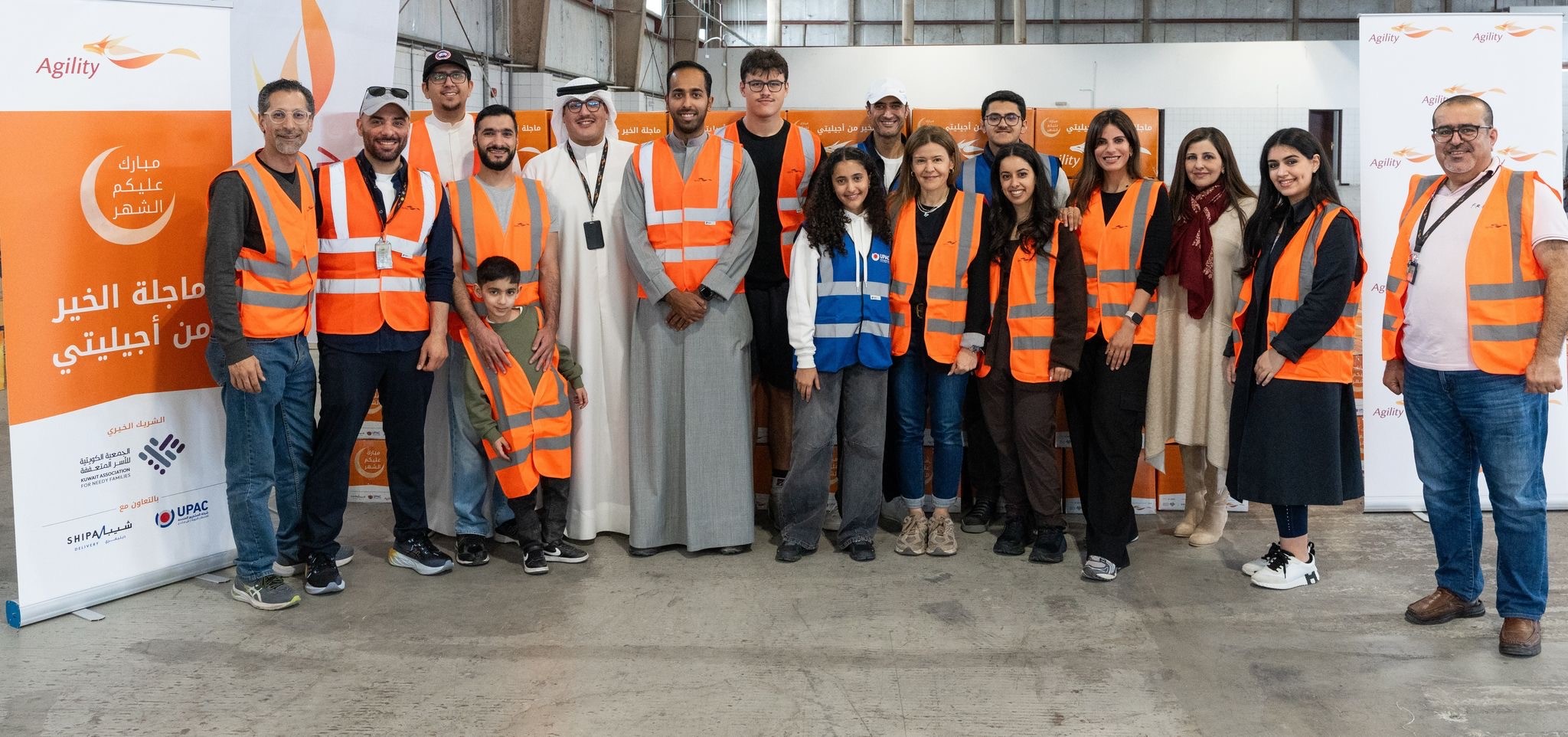Leveraging digital tools in the age of supply chain disruption

Kuwait-based Agility Logistics Parks customers can log-on to view contracts and make payments.
UK MOD personnel can log-in to the GRMS portal to schedule household relocation shipments.
Kuwait-based Agility Logistics Parks customers can log-on to view contracts and make payments.
UK MOD personnel can log-in to the GRMS portal to schedule household relocation shipments.
Anyone who has shipped internationally in the past knows the customs clearance process can be time-consuming and complicated.
This is even true for the customs clearance authorities, who have to deal with outdated paper-based customs procedures. The lack of efficiency and technology in customs clearance leads to several hindrances, from shipping delays and increased costs.
It’s time to modernize the customs clearance process through innovations like digitization and single-window software solutions. Adopted into the customs process, these solutions can revolutionize international shipping and global trade.
Customs digitization or automation transforms manual, paper-based customs clearance procedures into automated and electronic systems. It makes use of different platforms, the most prominent of which are:
These systems allow for electronically processing, managing, and analyzing shipment data. As a result, they help streamline the entire process, making it faster and quicker to transport goods across international borders.
Customs digitization involves the use of modern advanced technologies, including artificial intelligence, cloud computing, and data analytics, among others, that allow for the following functions:
At the core of customs digitization is a single-window software solution, which is a centralized platform for all trade-related documents and information. This solution creates a single touchpoint for customs administration, eliminating multiple interactions and paperwork.
Customs digitization yields a range of benefits for the customs authorities, importing and exporting countries, carriers, and shippers worldwide, such as:
A country’s level of import and customs automation will speak volumes about its economic competitiveness, governance, and overall trade environment. It also allows them to facilitate international commerce better and develop good trade relationships with other nations.
As such, countries around the world should embrace automation in their customs clearance processes to solidify their position in the global shipping market.
The single window aims to establish a single, centralized platform where all customs clearance processes will be conducted. It will become a business’s single point of entry where it will submit all trade-related documents and information required to ship its goods to another country.
This system will follow a streamlined process that begins with the business registering on the platform and preparing its customs documents. The business then submits those documents in the single-window platform, which will be verified and processed by the relevant customs authority. During processing, the platform will also allow the parties to collaborate and share information, as well as provide status updates and notifications on the shipment’s progress.
The customs clearance process also takes place within the single window platform, allowing authorities and relevant agencies to work together to review documents, assess compliance, profile risks, and determine the applicable fees, duties, and taxes.
The single-window concept of customs digitization offers a range of advantages for businesses, whether they act as importers, exporters, or other parties in the international trade process. Among these benefits include:
Accelerating the process of customs clearance and international trade creates a massive impact on a country’s economic growth and trade competitiveness.
To facilitate digital trade, a nation must enhance its digital infrastructure by investing in internet connectivity, broadband networks, and mobile coverage.
In line with this is the need to develop digital skills among its workforce, create regulatory frameworks for digital trade, enter into agreements with other countries, and improve the facilitation of its customs processes.
Endeavoring all these initial roadblocks will prove to be a lucrative venture for developing countries, allowing them to reap the benefits of an effective digital trade system, such as:
The WTO also has a role to play. Particularly, it can contribute by providing countries with a platform to develop rules that will govern digital trade.
The WTO can also make efforts to advance trade liberalization, foster interoperability, address data governance, facilitate collaboration with stakeholders, and promote digital trade inclusion.
The international trade processes have, for too long, been relying on manual paper-based procedures that are proving to be inadequate and inefficient in today’s digital age. It’s time for the industry to utilize technological innovations to automate trade processes and reduce manual burdens.
Technology can enhance international trade efficiency by digitizing customs processes, logistics management, and supply chain tracking, among others, minimizing delays and reducing costly errors. This advancement helps make the industry more efficient, expands market access, promotes trade diversification, and contributes to economic growth.
The adoption of technology in international trade should also make way for facilitating the diffusion of knowledge and technologies, which will catapult a country’s integration into the global trading system.
Technology is a transformative force that is set to revolutionize international trade. It has a long journey to reshape traditional practices in the industry, but its adoption will pay off in dividends, expanding opportunities and driving economic development for countries worldwide.
Customs digitization and the implementation of single window software solutions have and are continuing to bring about advancements in emerging markets. They are revolutionizing the international trade process, enhancing transparency, efficiency, and competitiveness.
These solutions are helping emerging markets overcome barriers and streamline their customs procedures. They reduce paperwork, minimize bureaucratic hurdles, and speed up the clearance of goods. Businesses then enjoy faster and more predictable customs procedures, which benefits their supply chain management and financial stability.
Want to learn more about customs digitization and single-window software solutions?
Contact us today to speak to our experts.